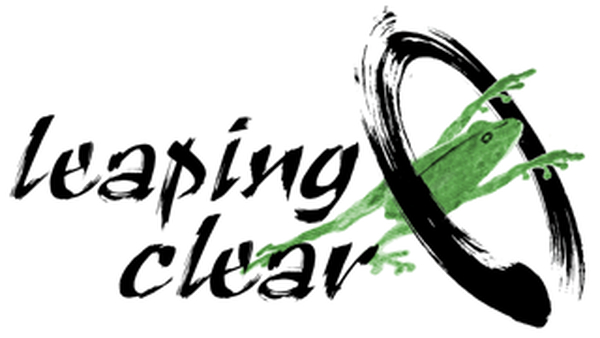Much of this interview with Paul Hostovsky covers his initial fascination with the system of Braille and his ongoing study of the code that blind readers (and Paul) read with the pads of their fingers. (In his Leaping Clear essay, “A Different Digital,” Paul reveals his secret delight in reading Braille in spite of his being sighted.) We also discuss Paul’s work as a sign language interpreter for the Massachusetts Commission for the Deaf and Hard of Hearing.
Cornucopia
It’s hard to believe that two years have passed since we began publishing works by artists and writers whose lives and art are informed by contemplative practice. We received hundreds of submissions for this issue and we want to thank all who contributed.
In the process of assembling all the pieces for this issue we discovered, purely by chance, that certain harmonic resonances began to arise between, say, this essay and that poem; this story and that image; this poem and that piece of music. It was as if we’d constructed a gamelan composed of poetry, prose, images, and sound. Sympathetic chords are struck on the themes of social justice, the transformative power of nature, the liberating effects of present moment awareness, and more.
2018 Spring Refreshing
As we continue into our second year of publication, we’re reaching more and more people who tell us that Leaping Clear’s celebration of the arts and meditative practices nourishes both their inner and outer lives. Thank you for joining us and for sharing the site.
We’re delighted to feature one of our favorite poets, Jane Hirshfield, in this issue. The power, insight, and beauty of her poems and essays amplify the deep place poetry holds in human history.
Happy New Year
Wishing all of you a Happy and Peaceful and Joyful New Year! We’re leaping into the new year with new artists and writers and musicians from around the world. They’ll join us in the wonderful Spring 2018 Issue, March 20. The dedication and quality of these artists working in all forms continue to bring us insights and joy.
Giving Thanks
Thanksgiving Day always reminds me of how our lives are connected to so many others and to the innumerable conditions that sustain us: our loved ones and our societies, as well as the impersonal forces of life. Different spiritual traditions use different phrases for this.
Years ago, I was fortunate to attend the sweat lodges of Fred Wahpepah, a Native American elder of the Kickapoo and Sac-and-Fox tribes. Fred shared his great-hearted presence along with some of his sacred Native American traditions, including the Lakota phrase, Mitakuye Oyasin, which commonly translates as “all my relations.” This includes all of life: the life of humans, of all animals, the life of all plants, the life of water and earth and rocks and soil, the life of planets and stars.
When the Earth Shakes
It wakes us up—sometimes literally. I was shaken awake at six in the morning many years ago. The sun was just rising and the full moon setting. Through the east, west, and north windows I could see power lines snapping, arcing pale orange, violet, and blue. Smell the smoke. Hear the dogs howling and the sirens wailing from every direction. I was fortunate that my small wood-frame top-floor apartment on top of a small hill was far enough from the epicenter to survive the quake. Many in Los Angeles were not.
Practicing Art | Practicing Meditation
Most contemplative traditions recognize that dedicated art practice also expands our capacity for taking care, for paying attention, and for looking more deeply. Image- and text-based art forms, as well as song and dance, appear throughout the history of religions and mystic traditions.
On June 9 the Barre Center for Buddhist Studies will host a symposium on Practicing Art/Practicing Dharma. I’ll be attending that and am happy that this connection between art and meditation is now being more widely explored in Western Buddhism.



